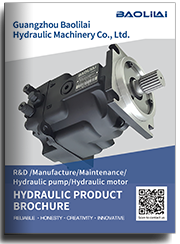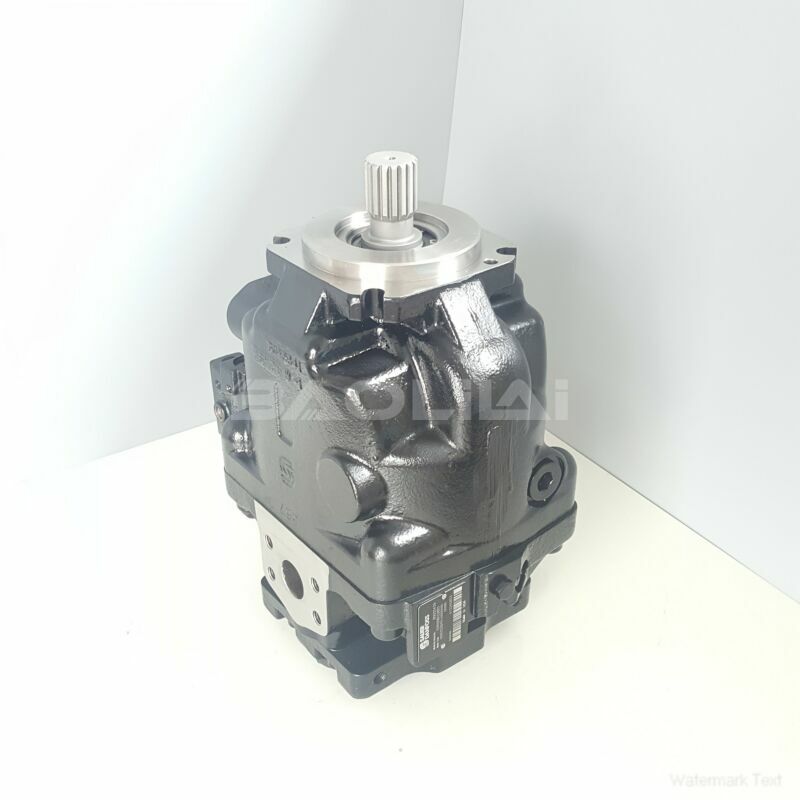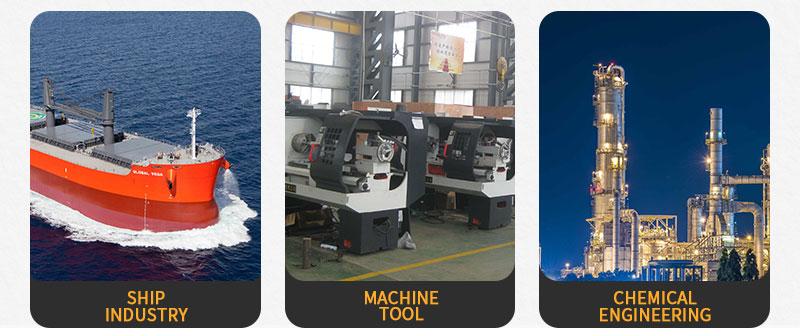ERR100BTA2020NNNCS1CPA1RAAAANSNNN hydraulic oil pump
ERR100BTA2020NNNCS1CPA1RAAAANSNNN hydraulic oil pump

- Product Details
- Applicable Scene
Check Fluid Quality: The condition of the hydraulic fluid is crucial for optimal pump performance. Inspect the fluid for contamination, discoloration, or an unusual odor. If the fluid appears dirty or has particles, it may need to be replaced.
ER-R-100B-TA-20-20-NN-N-C-S1CP-A1R-AAA-ANS-NNN
ERR100BTA2020NNNCS1CPA1RAAAANSNNN
Monitor Temperature: Use a temperature gauge to monitor the hydraulic fluid temperature. If the temperature exceeds the manufacturer’s specifications, you may have an overheating issue. Investigate possible causes, such as insufficient fluid levels, a faulty cooler, or excessive system load.

83040256
Assess Pressure Levels: Utilize a pressure gauge to check if the pump is generating the expected pressure. If pressure is lower than normal, inspect the system for leaks, blockages, or worn components that may impede fluid flow.
Listen for Unusual Sounds: While the system is running, listen for any abnormal noises. A high-pitched whine or grinding sound may indicate cavitation or internal damage within the pump. Determine if there are air leaks in the suction line that could be causing cavitation.
Inspect for Vibration: If excessive vibration is noticed during operation, check for any misalignment of components. Ensure that all fittings and connections are secure, and consider using alignment tools to correct any misalignment issues.
Examine Signal Inputs and Outputs: For systems equipped with sensors and controls, ensure that signal inputs and outputs are functioning correctly. A malfunction in the control system can also lead to hydraulic pump issues.
Replace or Repair Parts: Based on your findings, you may need to replace or repair specific components of the hydraulic system. Always refer to the manufacturer’s guidelines for parts compatibility and specifications.
Preventative Tips
To avoid future hydraulic pump issues, consider implementing regular maintenance routines. This includes routine inspections, fluid and filter changes, and addressing leaks promptly. Keeping your hydraulic system clean and well-maintained will significantly enhance its reliability and lifespan.
Conclusion
Troubleshooting hydraulic pump issues in fluid power systems for packaging requires a methodical approach and a good understanding of your system’s components. By following the outlined steps to identify and resolve common problems, you can maintain optimal system performance, reduce downtime, and ensure greater efficiency in your packaging operations. Regular maintenance is key to preventing issues before they occur, ensuring that your hydraulic systems continue to run smoothly.





